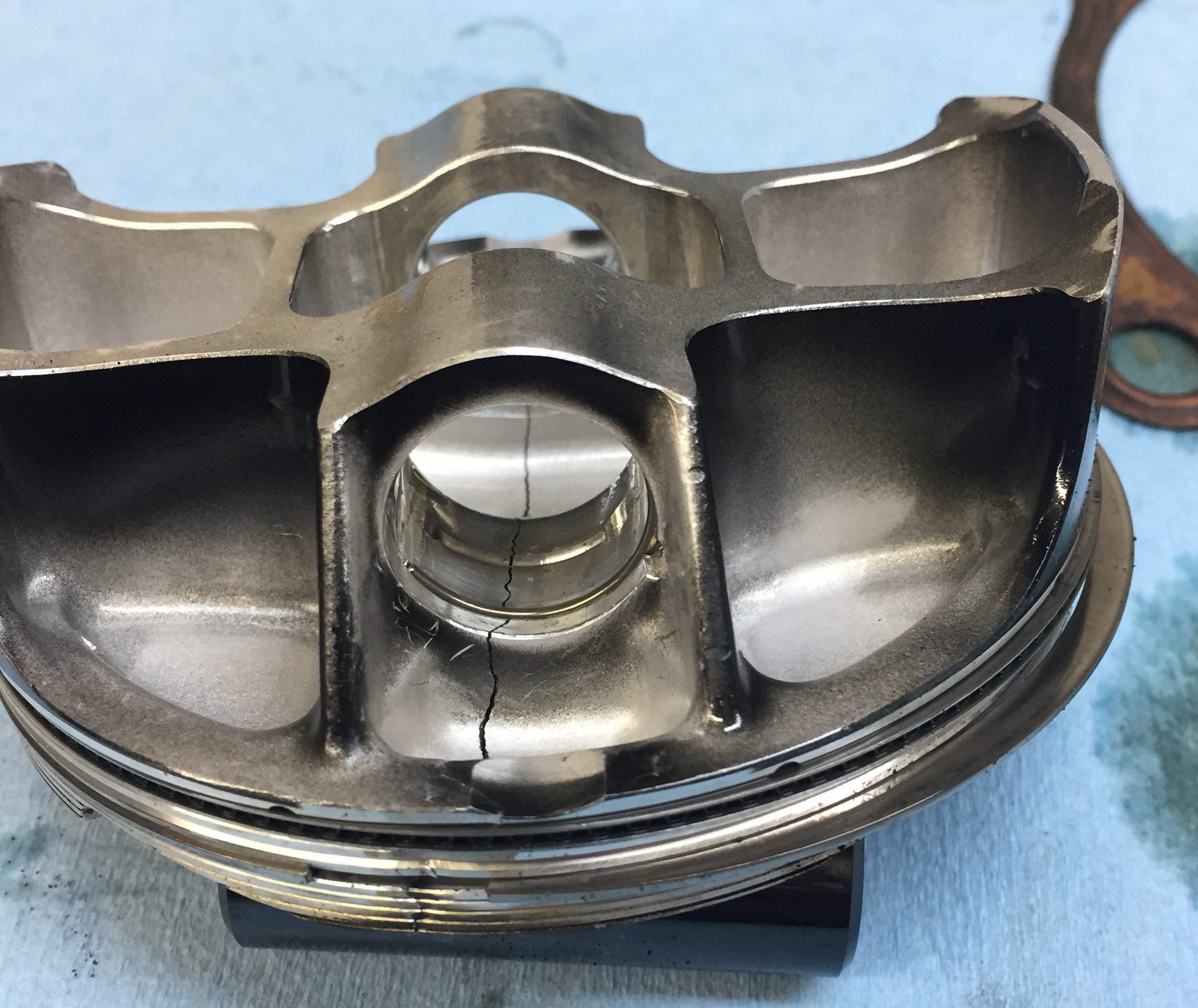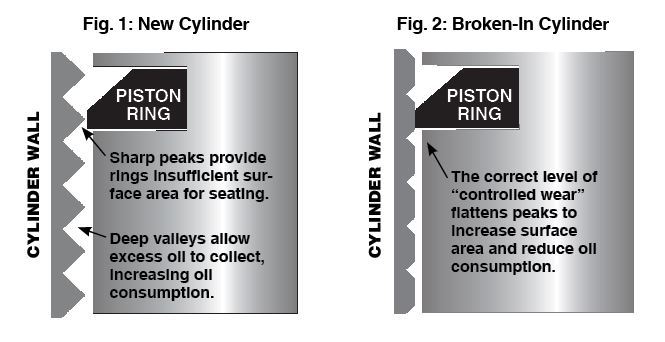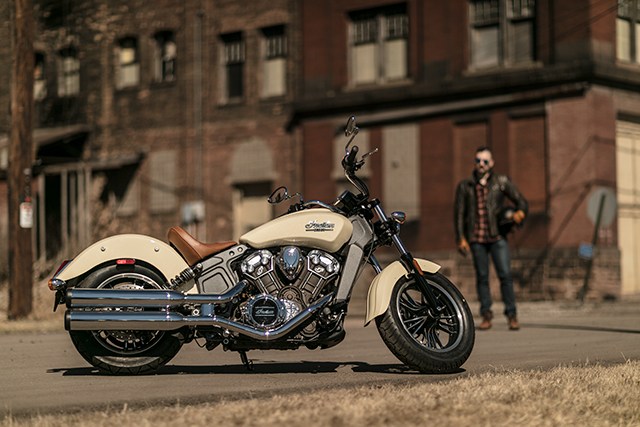How To Fix Motorcycle Engine Knock Your bike can automatically detune its engine, but there’s an easy fix. _by Eddie Hilgendorfen |May 10, 2023 Many modern motorcycles are designed to compensate for low-octane gasoline in an attempt to prevent motorcycle engine knocking. Unfortunately, the technology involved may also cause reduced performance, rough idle or […]
You are browsing archives for
Tag: motorcycle
Don’t Let Extreme Heat Sideline Your Mot
An Oil to Resist Thinning from Extreme Heat and Mechanical Activity Extreme summer heat combined with slow-moving rally or parade traffic can pose big problems for you and your motorcycle. As heat intensifies, motor oil loses viscosity and becomes thinner. The oil can become so thin that the engine loses oil pressure, causing the oil-pressure […]
Why You Should Be Wary About Using Break...
Why You Should Be Wary About Using Break In Oil in Powersports Equipment John Baker|Sep 25, 2017 1:32 PM Marco Navarro asks on our Facebook page about break in oil, with attention paid to powersports engines. (Break in oil importance, drain interval on it, and applications. To include motorcycles and ATVs since life of engine is shorter […]
Should I Warm Up My Motorcycle Before Ri...
Should I Warm Up My Motorcycle Before Riding? John Baker|May 03, 2018 10:10 AM As soon as you crawl out of bed tomorrow morning, try this experiment: run outside and sprint down the street. Aside from embarrassment over your jammies (or lack thereof), how do you suppose you’ll feel? Your motorcycle likewise needs to warm […]



